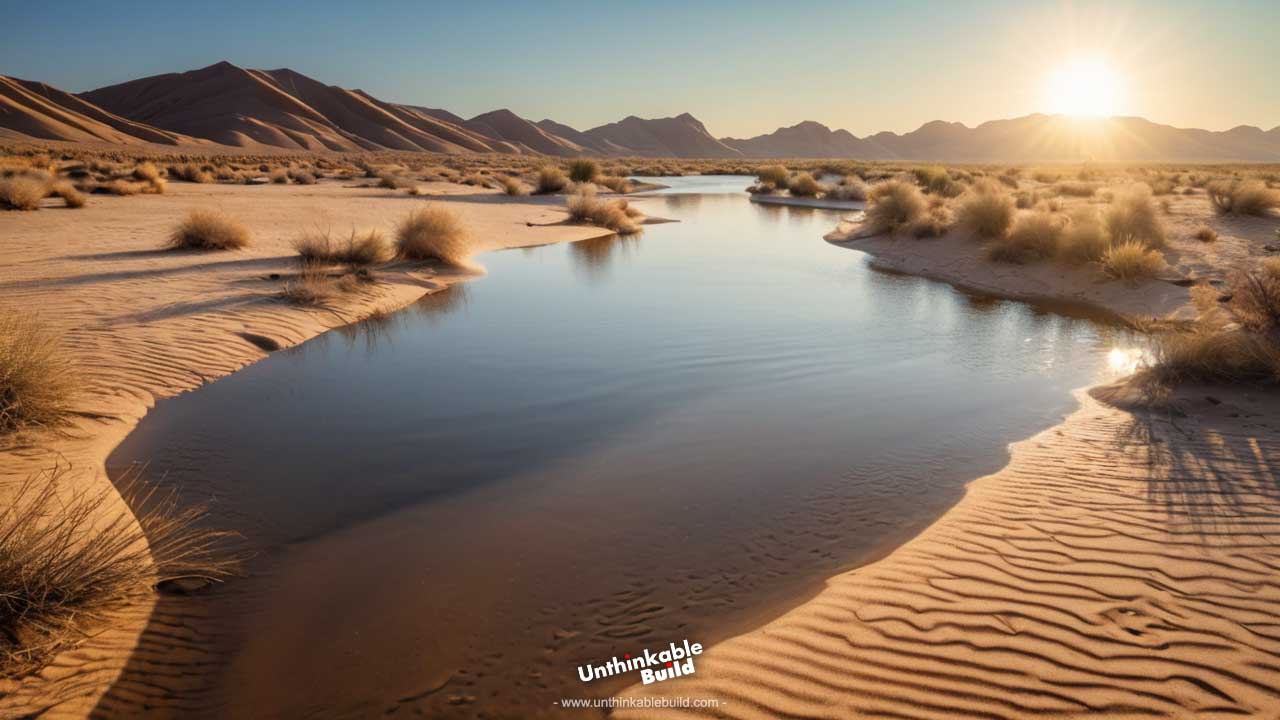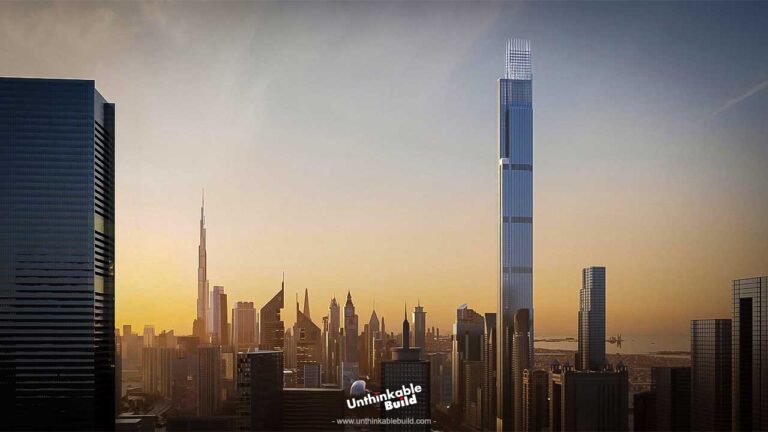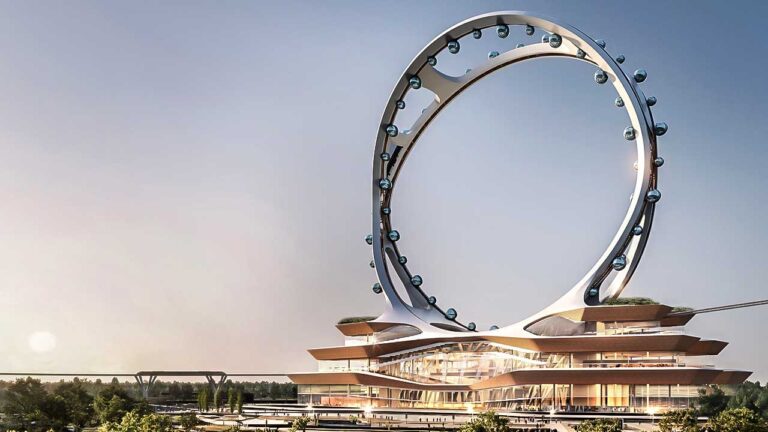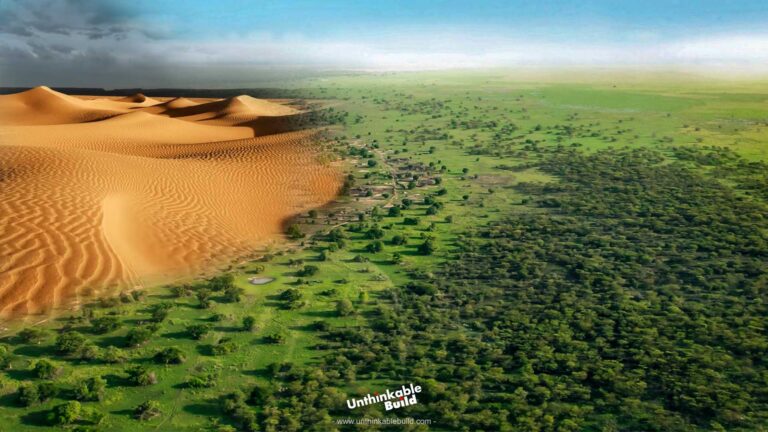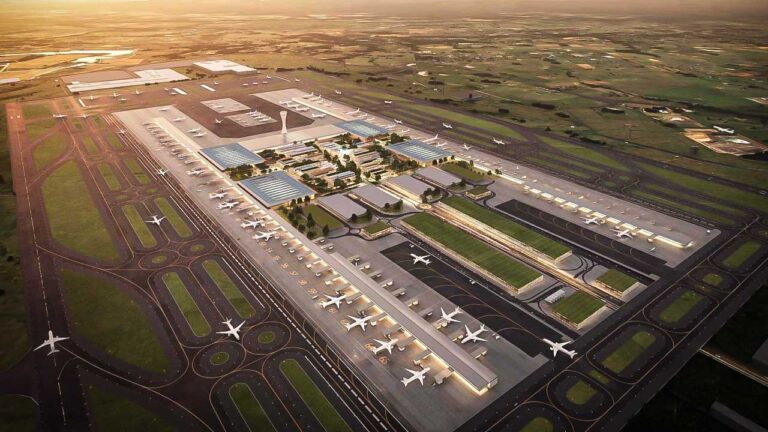World’s Largest Artificial Rivers Under Construction in 2024
Rivers are incredible natural wonders, shaped by ancient forces and incessant flow of water. Valleys that nestle between land ridges are where most rivers originate from. As rain falls, the water trickles down these slopes and then gathers into rivulets that eventually conjoin to form a river.
However, artificial rivers are being created in various countries to address increasing demand for water brought about by climate change, population growth and desertification. In today’s episode, we will look at some of these ambitious projects which require an investment worth billions of dollars. By delving into them specifically, we shall learn more on how important it is to manage our water resources wisely if humanity is to survive and thrive on earth.
Saudi Arabia
Saudi Arabia, where desert covers most part of it and rainfall is almost absent. It does not have permanent rivers or lakes. However, the country relies on seasonal streams to meet its water needs. These are dry valleys that flood during the rainy season and work as valuable water sources in an arid terrain. Moreover, Saudi Arabia is surrounded by salty waters from the Red Sea and Arabian Gulf.
Saudi government has made several efforts to address this problem. Most of the 33 Desalination plants which are key infrastructure in Saudi Arabia are located along the coastlines of Red Sea. They help draw salt out of seawater as well as impurities thus creating fresh water that can be used for drinking or other purposes. Another important source is ground-waters drawn from underground aquifers although careful management must be enforced to avoid over-extraction and depletion.
Besides, Saudi Arabia has invested in waste water treatment plants for recycling and reusing the supply in activities such as agriculture and industrial processes hence conserving fresh water resources more efficiently.
To this effect the country is now embarking on an exceptional endeavor of constructing the world’s biggest artificial river within its expansive arid territory. It is a 104 kilometer long stretch of land in Saudi Arabia that aims to turn the desert into an oasis teeming with life.
This daring endeavor demonstrates not only amazing engineering accomplishments but also human inventiveness and will to promote sustainable development in difficult environments. This undertaking is projected to cost $500 million, which clearly indicates its magnitude and advanced technologies used such as unusual desalination plants for ensuring agriculture and urban water supply along the way.
Saudi Arabia has already set up an impressive network of pipelines all over the country, to ensure everyone has access to clean water. This network stretches a remarkable 125,000 kilometers beneath the cities, delivering approximately 9.4 million cubic meters of water each day. Adding the new artificial river pipeline will make this network even more impressive. If you combined the length of these pipelines with the new river, it could wrap around the globe three times.
Also Read: Dubai Green Spine: A 64-Kilometer-Long Green Highway for Dubai
Apart from solving persistent water shortages, it is hoped that the manmade underground river in the country will cause drastic changes in the region’s socio-economic fabric. By providing regular water supply, this river would improve living standards of local communities and lead to economic growth through increased agricultural productivity and urbanization.
In doing so Saudi Arabia has shown itself as a pioneer and leader in coming up with innovative solutions to environmental problems which can be emulated elsewhere in other arid areas across the globe.
Afghanistan
Afghanistan embarked on a very ambitious venture to construct an artificial river called Qosh Tepa Canal that might be the largest artificial river in Asia. This massive project is aimed at addressing the most critical problem of water scarcity and rejuvenating agriculture in the country. Located in northern Afghanistan, the canal will redirect water from Amu Darya River which is among Asia’s longest rivers. This 152 meter wide artificial canal will ultimately stretch for 285 kilometers and aims to convert 550,000 hectares of deserts into productive farmland.
The project commenced in early 2022 with the first phase being completed by October 2023, which set down foundations and initial water diversion structures. The second part is now underway improving the canal, enhancing irrigation systems and adopting smart water management technologies. The Qosh Tepa Canal begins in the Balkh province, passes through Jozjan province, and will end in Faryab province.
While the Qosh Tepa Canal holds great promise, it isn’t without its challenges. Some experts are wary, raising concerns about the construction methods and oversight. The rough terrain of northern Afghanistan adds to the logistical hurdles. Additionally, there are environmental worries that diverting more water from the Amu Darya could worsen the already dire situation of the Aral Sea, lying between Kazakhstan and Uzbekistan.
Despite these obstacles, the Afghan government remains steadfast in its commitment to the Qosh Tepa Canal project. Managed by the Afghan National Development Corporation and funded by the central government, the canal’s estimated cost is around $600 million. This initiative is viewed as a vital move towards ensuring food security, creating jobs, and boosting the local economy by converting vast desert areas into productive agricultural land.
The Qosh Tepa Canal project was originally slated for completion in 2028, but at the current construction rate, it could be finished one or two years ahead of schedule.
Egypt
Egypt is embarking on an extraordinary journey to create an artificial river as part of its ambitious New Delta project. This massive river, stretching a total of 224 kilometers, will be located in the north-west of the country, near the Dabaa nuclear power plant. The primary aim of this project is to tackle water scarcity and boost agricultural productivity, breathing new life into the arid landscape.
The project features three distinct channels, each with a unique purpose. The first channel, spanning 42 kilometers, will transport water from the Rashid branch of the Nile River as part of the “Future Egypt” project. This channel will handle about 10 million cubic meters of water annually, irrigating approximately 600,000 acres of land. The second channel, a 170-kilometer stretch from the Hammam station, will transfer 7 million cubic meters of water per day to the south of Dabaa area, irrigating around 800,000 acres with a combination of pipes and open canals. The third channel, part of the Jannat Masr project will be 12 kilometers long and will use treated wastewater and desalinated groundwater to irrigate approximately 64,000 acres.
Also Read: The New Terminal One: Saving JFK International Airport
This ambitious project comes with a hefty price tag of $5.25 billion. Yet, it’s seen as a crucial step toward closing Egypt’s food gap by expanding agricultural land and enhancing the country’s self-sufficiency.
Even though Egypt has the mighty Nile River, ensuring enough water is a constant worry. The Grand Renaissance Dam in Ethiopia has cut down the water flow of Nile River to Egypt significantly, caused Egypt’s water share to drop to 500 cubic meters per person each year, far below the UN’s threshold for water scarcity, which is set at 1,000 cubic meters.
The tension between Egypt and Ethiopia over water rights has been intense, with warnings of potential conflict. Efforts to negotiate a solution have failed, and the situation threatens the lives of 150 million people in Egypt and Sudan, who also rely heavily on the Nile.
Egypt faces a severe water deficit, needing an additional 20 billion cubic meters. Groundwater in the Western Desert is too salty, which is disastrous for agriculture, a key part of Egypt’s economy. The country is forced to import many crops, making it the largest wheat importer after China.
The New Delta project aims to address these challenges by providing a sustainable water source, ensuring a more secure and prosperous future for Egypt’s farmers and families.
Water is a basic necessity and a vital part of our lives. As global temperatures rise and populations grow, the demand for water and food has increased dramatically. Many countries are now working on better ways to manage their water resources.

